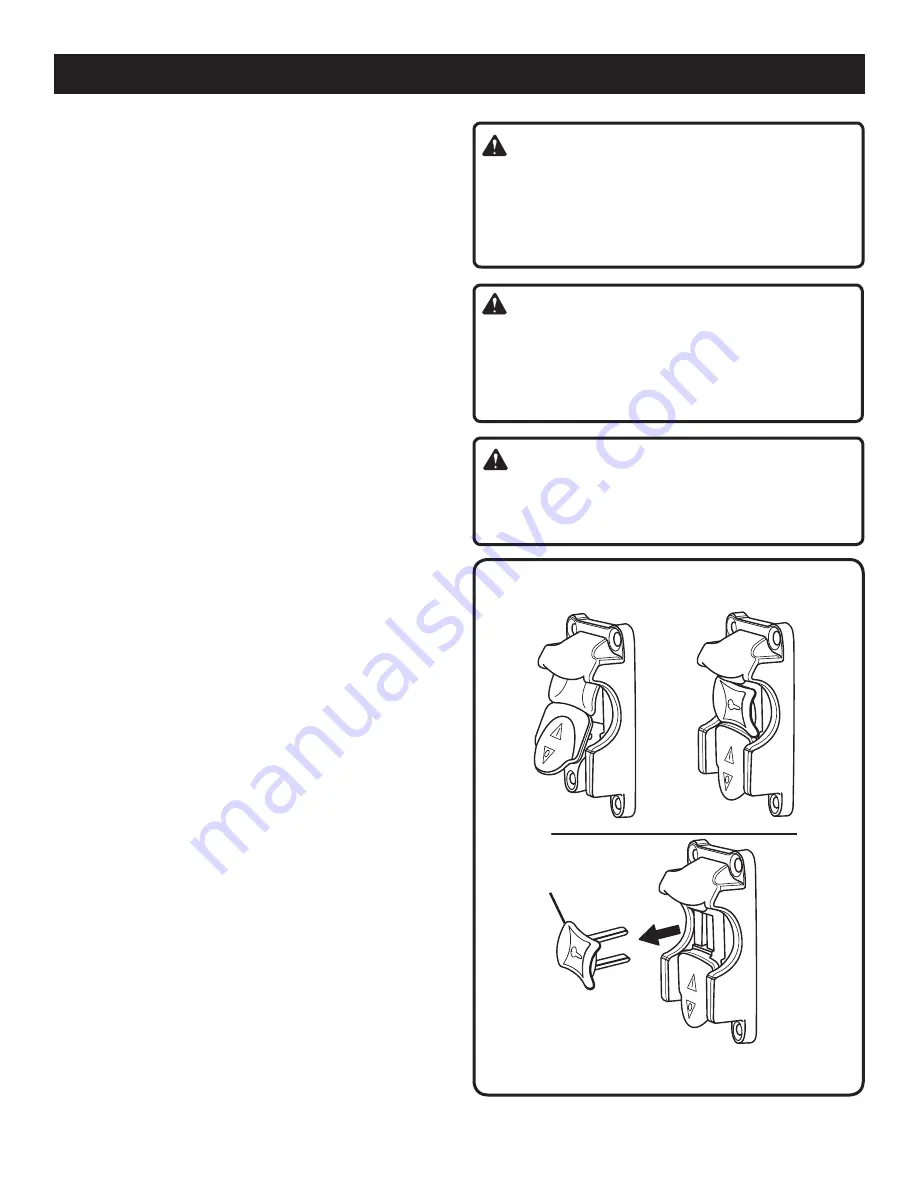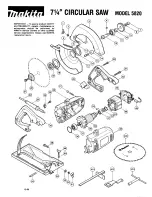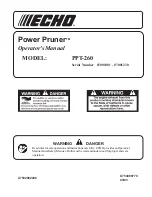
12
FEATURES
wARNING:
Always remove the switch key when the tool is not in
use and keep it in a safe place. In the event of a power
failure, turn the switch
OFF ( O ) and remove the key.
This action will prevent the tool from accidentally starting
when power returns.
wARNING:
ALWAYS make sure your workpiece is not in contact with
the blade before operating the switch to start the tool.
Failure to heed this warning may cause the workpiece to
be kicked back toward the operator and result in serious
personal injury.
wARNING:
To reduce the risk of accidental starting, ALWAYS
make sure the switch is in the
OFF ( O ) position before
plugging tool into the power source.
Fig. 3
SWitCH KeY
SWitCH in loCKed PoSition
SWitCH
oFF
SWitCH
on
OPERATING COMPONENTS
The upper portion of the blade projects up through the table
and is surrounded by an insert called the throat plate. The
height of the blade is set with a handwheel on the front of
the cabinet. To accommodate wide panels, the saw table
has rails on each side. Detailed instructions are provided in
the
Operation
section of this manual for the basic cuts: cross
cuts, miter cuts, bevel cuts, and compound cuts.
The rip fence is used to position work for lengthwise cuts.
A scale on the front rail shows the distance between the rip
fence and the blade.
It is very important to use the blade guard assembly for
all through-sawing operations. The blade guard assembly
includes: riving knife/spreader/splitter, anti-kickback pawls,
and plastic blade guard.
POwER SwITCH
This saw is equipped with a power switch that has a
built-in locking feature. This feature is intended to prevent
unauthorized and possible hazardous use by children and
others.
TO TURN yOUR SAw ON:
With the switch key inserted into the switch, lift the switch
button to turn
ON ( l ).
TO TURN yOUR SAw OFF:
Press the switch button down to turn
OFF ( O ).
TO LOCK yOUR SAw:
Press the switch button down.
Remove the switch key from the switch and store in a
safe, secure location.













































